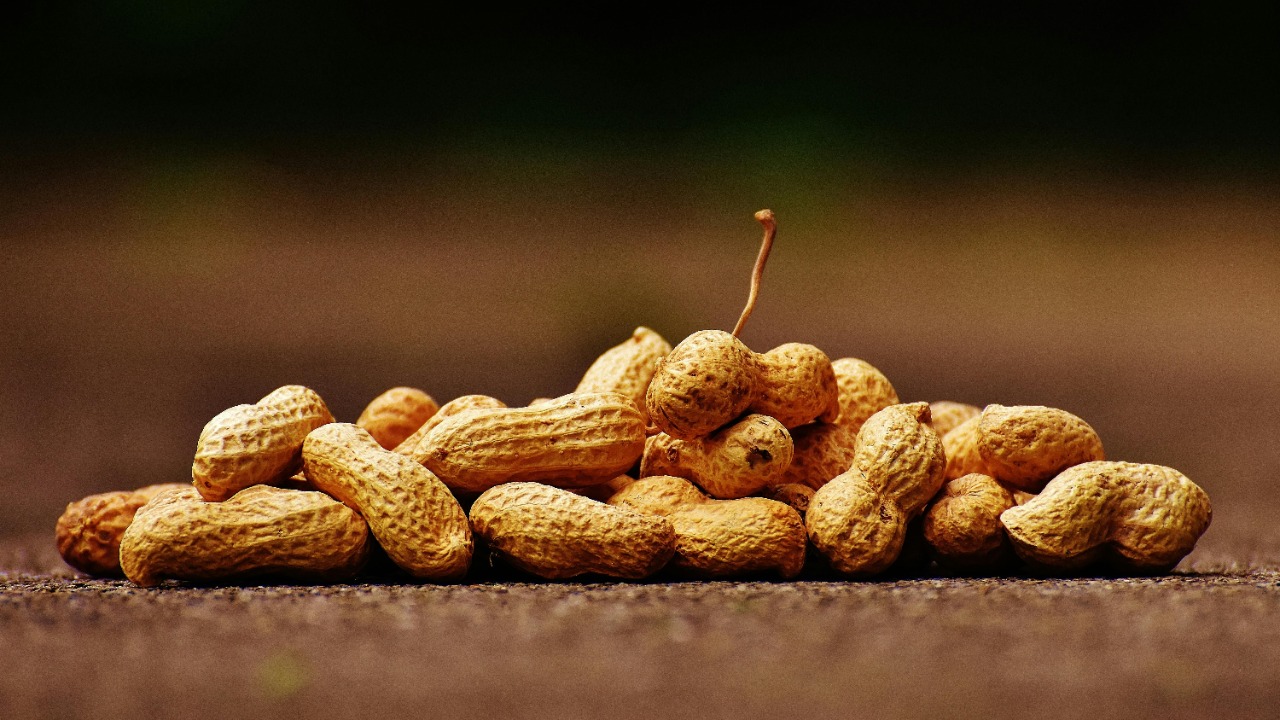
In a groundbreaking development, researchers have successfully constructed a laser entirely from biomaterials, specifically peanuts and birch leaves. This innovative approach transforms everyday natural waste into cutting-edge laser technology, suitable for precise applications such as medical imaging and diagnostics. This development signifies a shift towards biodegradable alternatives in photonics, potentially reducing our reliance on synthetic materials.
The Innovation Behind the Peanut and Birch Leaf Laser
Scientists have achieved a remarkable feat by building a laser entirely out of peanuts and birch leaves. This innovative approach leverages the organic compounds in these materials to generate coherent light, bypassing the need for traditional semiconductors. The process extracts luminescent properties from the natural structures of these materials, transforming them into advanced laser technology.
Sourcing and Processing Natural Biomaterials
The key to this innovative technology lies in the organic molecules derived from peanuts and birch leaves. Peanuts provide essential organic molecules for the laser’s gain medium, derived from their protein and lipid content through a non-toxic extraction method. On the other hand, birch leaves contribute phenolic compounds and cellulose fibers, which are processed into a biocompatible scaffold that supports lasing action.
Eco-Friendly Advantages of Biomaterial Lasers
The creation of a laser entirely from biomaterials presents significant eco-friendly advantages. This approach minimizes environmental impact compared to conventional rare-earth doped systems. Furthermore, it utilizes abundant, renewable resources such as agricultural byproducts, thereby reducing the carbon footprint associated with optics manufacturing.
Applications in Medical Imaging
Researchers have successfully used birch leaves and peanuts to create an eco-friendly laser for medical imaging. This innovative technology enables high-resolution, non-invasive scanning with biocompatible light sources. Furthermore, the technology supports diagnostics by providing tunable wavelengths from natural emitters, making it ideal for tissue penetration without the need for synthetic dyes.
Potential for Diagnostics and Beyond
The transformation of birch leaves and peanuts into cutting-edge laser technology holds significant potential for diagnostics. It offers cost-effective alternatives to expensive clinical tools. Looking ahead, future expansions could include environmental sensing, where the laser’s biodegradability allows for safe deployment in field monitoring.
Challenges and Next Steps in Biomaterial Photonics
While the creation of the peanut and birch leaf laser is a significant achievement, there are still challenges to be addressed. Scaling production to match industrial output levels requires optimizing yield from natural sources. Ongoing research is focusing on enhancing stability and efficiency, building on the initial prototype’s success in lab demonstrations.
More from MorningOverview